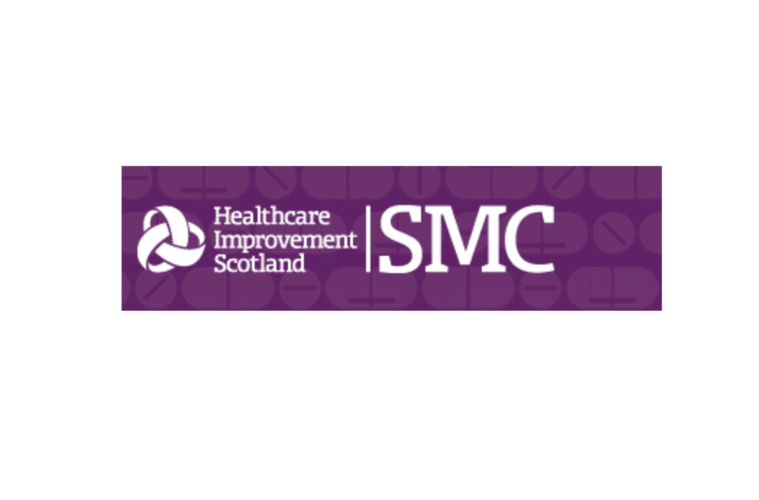The Royal Osteoporosis Society (ROS) has welcomed the decision by The Scottish Medicines Consortium (SMC) to approve the use of romosozumab in NHS Scotland for the treatment of women with severe osteoporosis who have sustained fractures and are at high risk of further broken bones.
ROS Clinical and Operations Director Francesca Thompson said: “We are delighted that the SMC has approved romosozumab for use in the NHS in Scotland to treat post-menopausal women who have a high risk of further fractures.
This is the first new treatment for osteoporosis to become available for 10 years and we welcome the greater choice this brings to healthcare professionals and their patients.
“It is a particularly exciting addition because romosozumab is one of very few drugs that help to build new bone – and so represents an important treatment option in our armoury against the painful disabling fractures associated with this condition.”
Romosuzumab – sold under the brand name EVENITY® – is a bone-building drug that not only increases bone formation but, to a lesser extent, reduces bone loss. However, it may not be suitable for people with a history of heart attacks or strokes so it is critical that it is prescribed appropriately.
It was licenced by the European Medicines Agency over 12 months ago and is already being used in many European countries and the US to help some of the most severe cases of osteoporosis.
“We are hopeful that the National Institute for Health Care Excellence (NICE) will give their approval for the use of romosozumab in NHS England and Wales when they finish their review in early 2021. This has the potential to bring relief and hope to many women across the UK who fear further breakages and a deterioration in their bone condition.
“Half of all women over 50 will experience a broken bone as a result of osteoporosis and more than 500,000 fractures a year are attributed to the condition representing a huge cost to the NHS. The fractures caused by this fragile bone condition can cause long term pain and spinal curvature reducing quality of life and independence but we are making major strides to improve our understanding and treatment of the condition.”


